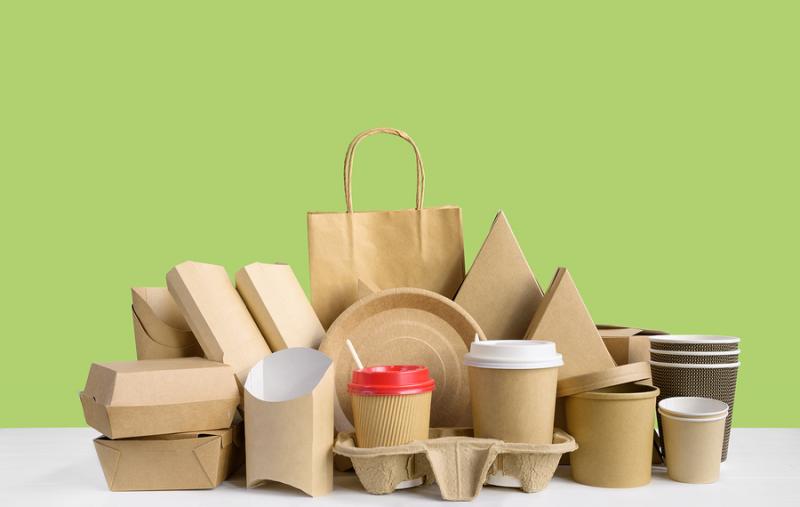Plastic waste has become a global environmental crisis, with detrimental effects on ecosystems, marine life, and human health. In recent years, there has been a growing recognition of the need to reduce plastic waste and seek alternative packaging solutions. One such solution that has gained significant traction is paper packaging.
Paper packaging plays a crucial role in reducing plastic waste due to its eco-friendly properties and versatility. Unlike plastic packaging, which can take hundreds of years to decompose, paper packaging is biodegradable and can break down naturally within a short period. This ensures that paper packaging does not accumulate in landfills or end up as litter in our oceans and environment.
The use of paper packaging extends to various industries, including the botanical industry. Botanical packaging, which refers to packaging materials used for flowers, plants, and other botanical products, has seen a shift towards sustainable alternatives such as paper-based solutions. Packaging design services have recognized the demand for eco-friendly options and are now offering innovative and attractive paper packaging designs specifically tailored to botanical products.
The versatility of paper packaging allows for creative and customized designs that meet the specific needs of different products. Packaging design services are leveraging this flexibility to create visually appealing and functional paper packaging solutions. These designs not only protect the botanical products during transit but also enhance their aesthetic appeal, adding value to the overall consumer experience.
Moreover, paper packaging can be produced using recycled paper or responsibly sourced materials. By utilizing recycled paper, packaging manufacturers can contribute to the reduction of overall paper waste and minimize the need for new paper production. Additionally, responsibly sourced materials, such as paper from sustainably managed forests, ensure that the production of paper packaging does not contribute to deforestation or habitat destruction.
Global paper packaging market was valued at US$ 373.7 Billion in 2021 in terms of revenue, exhibiting a CAGR of 4.7% during the forecast period (2022 to 2030).
The shift towards paper packaging has gained momentum due to increasing consumer awareness and preferences for sustainable alternatives. Consumers are actively seeking products packaged in environmentally friendly materials and are more likely to choose brands that align with their values. This shift in consumer behavior has prompted businesses to adopt paper packaging as a means of reducing their environmental impact and meeting consumer demands.
Furthermore, governments and regulatory bodies are also recognizing the importance of reducing plastic waste and implementing policies to encourage the use of sustainable packaging solutions. Plastic bans, levies, and regulations are being introduced in many regions, pushing businesses to explore alternative materials like paper for their packaging needs.
While paper packaging offers significant advantages in reducing plastic waste, it is important to acknowledge that it is not without its own environmental considerations. The production of paper packaging requires energy, water, and chemicals, which can have environmental implications if not managed responsibly. However, advancements in manufacturing processes and the use of sustainable practices are helping to mitigate these concerns.
Paper packaging plays a vital role in reducing plastic waste and promoting sustainability. Its biodegradability, versatility, and eco-friendly properties make it a compelling alternative to plastic packaging. In the botanical industry, packaging design services are offering innovative paper packaging solutions that cater specifically to the needs of botanical products. As consumer preferences and regulatory measures continue to drive the shift towards sustainable packaging, paper packaging is poised to play an even greater role in reducing plastic waste and building a more environmentally conscious future.
